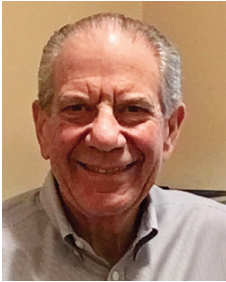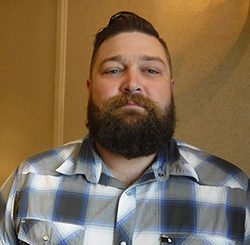By / Steve Clayman

People have been insulating piping for a long time, perhaps as long as there have been pipes. The industry is a good one to be in. Why else would profit-driven companies spend hundreds of millions of dollars on dedicated HVAC insulation manufacturing plants? Throw in the additional costs of marketing and these investments are very significant.
Look at the distribution side. Setting up a warehouse with all of the related delivery and sales costs is not inconsequential. For the past several years, there’s been a push for consolidation in the distribution of HVAC insulation products. These are very pragmatic people making decisions to invest very serious money, anticipating a return on those investments. Sometimes things don’t quite work out as planned and we hear about such and such a company closing up or selling out. The risks, however are factored in and we see these companies grow and expand nationally.
Turning to the contractor side, which is the point of this article, what is the cost of entry? What level of expertise is necessary so that one can call themselves an insulation contractor? As it turns out, not much. A truck, a ladder, a credit card with some room on it and we’re good to go.
Therein lies the problem. Our industry has never collectively pushed for a national standard that would say, “Yes, Mr. Contractor, you have achieved X, Y and Z and passed all the theoretical and practical prescribed challenges. Here is your diploma and professional designation. Congratulations.” The only contractor groups currently involved in having established a high threshold for entry are in Quebec and British Columbia. Why is that? Why can’t we as an industry leverage that knowledge base and establish a national accreditation process?
Take a look at another industry group, the International Association of Heat and Frost Insulation and Allied Workers. No one can call themselves an insulator without going through a rigorous, multi-year apprenticeship training programme. At the end of the day, there is a recognized accreditation that establishes the professional standing of that individual. The International’s accreditation is portable and is recognized.
I live in Toronto where you can’t go anywhere without seeing a forest of cranes. The crane operators are represented by the International Union of Operating Engineers. These people are very special, highly skilled, and in demand. This responsibility is not for the faint of heart, and not everyone who wants to be a crane operator is cut out for it.
Let’s circle back to the manufacturers for a moment. There is not a piece of insulation that leaves the loading dock without references right on the packaging to specific ASTM, ULC, and health and safety tests. We’ve come to accept this as a matter of course. The various building and energy codes and consultants’ specifications demand at least that. These products will withstand scrutiny should any of the references be challenged.
As a result of the lack of consistency in the experiences of insulation contractors, a number of mechanical engineers have taken it upon themselves to address that vacuum. They do this by prequalifying insulation contractors or sometimes stating in the specifications that insulation contractors “… shall be a member in good standing of…”. But, what does that mean?
In the consultant’s mind, the interpretation is that the contractor has been vetted and is backed by the respective association and that the contractor is qualified to undertake the required work. The reality is very different and therefore, in the writer’s opinion, underscores the need for a standardized accreditation strategy.
Looking at the qualification requirements of other construction trades, we see everything from trades that are highly regulated to anyone who is breathing can do this. Examples of highly regulated trades are electricians and plumbers, elevator mechanics, stationery engineers, people who are involved with natural gas systems, and so on.
It shouldn’t be like this, but unfortunately, it is; the construction industry is very hierarchical. At the top of the heap are the regulated trades and the HVAC electronics specialists. At the bottom are the painters and carpet layers. This is not to denigrate the skillsets required of competent painters and carpet layers, but this hierarchy seems to be a fact of life. So, where does the insulator fit in? Sad to say, the ranking is near the bottom. This arbitrary placement has to change if there is any hope of achieving a respected professional standing.
Yes, there are insulation contractors who present themselves as competent and professional, whose opinions and recommendations are sought out, and who leave a project with no deficiencies or call-backs. These contractors can be identified, and their respective approaches to their businesses can be quantified.
The experiences of those provincial insulation contractor associations who are successful in the vetting and scrutiny of members, coupled with the input from other respected insulation contractors, should then form the basis of a national standard. The critical aspects of establishing a national accreditation standard have to include a recognized after-installation inspection and a work-guarantee policy. Many of the parts are already in place, but these are fragmented.
All that remains is to pull theses parts together. Then there’s the question of buy-in. Perhaps not such a tall order when other trades have been successfully doing exactly this for a long time. ▪



